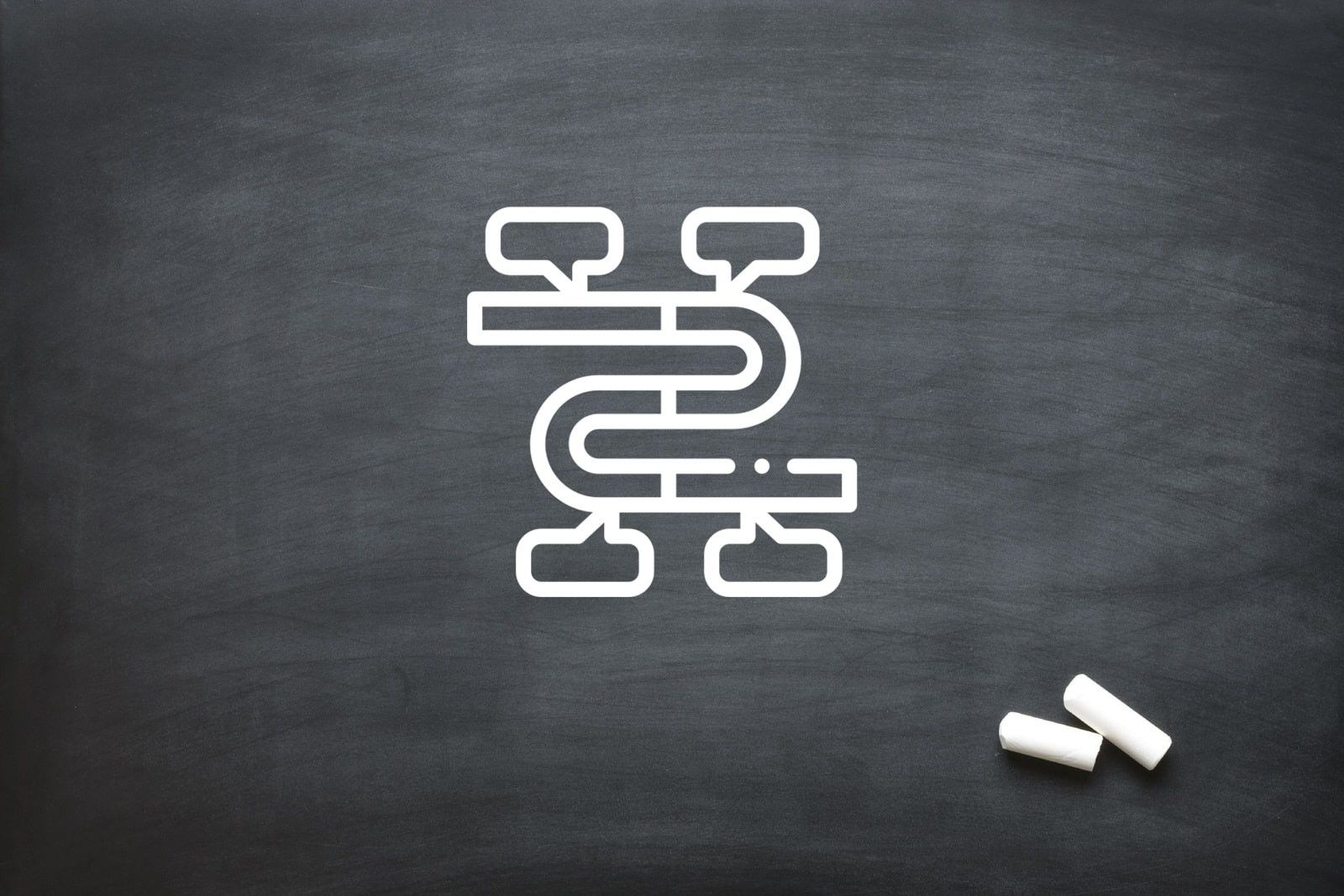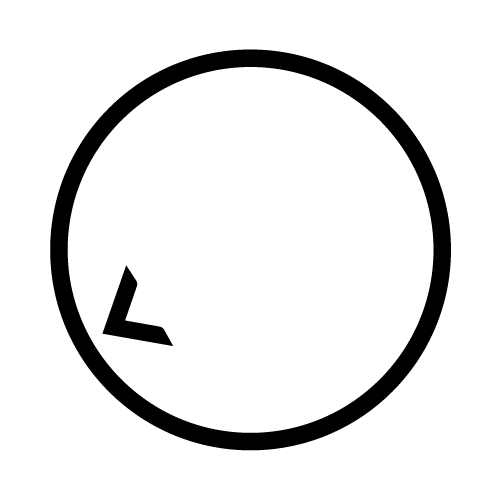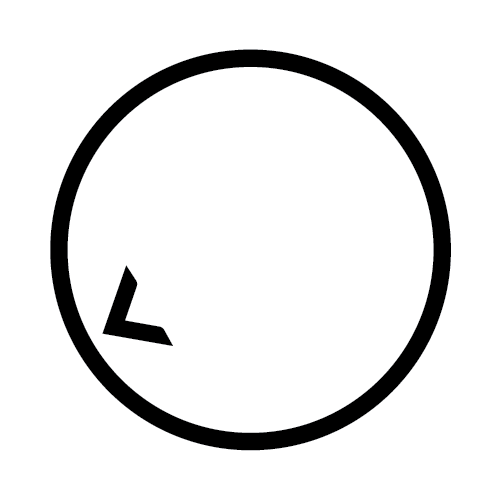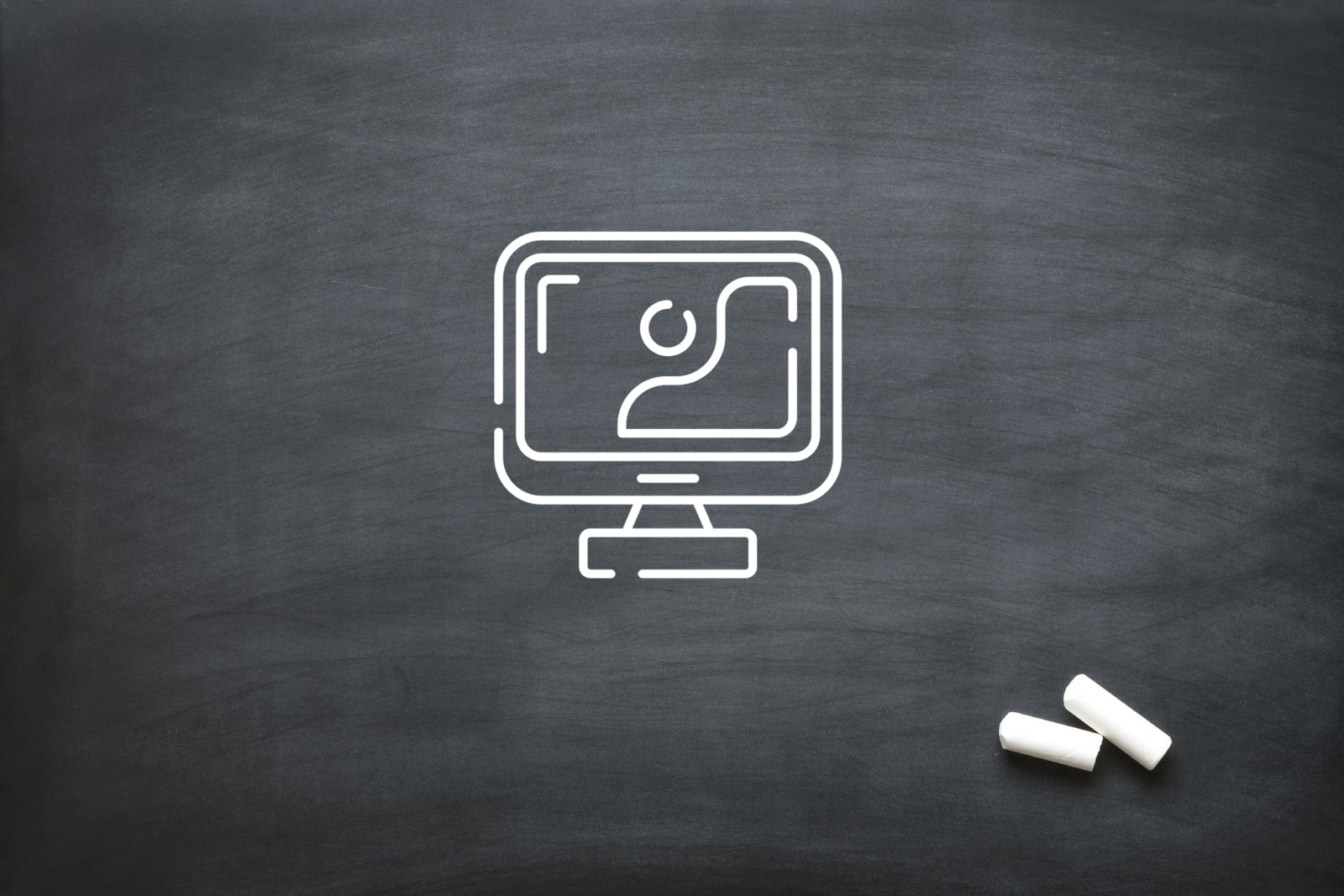
Concept Art and the 3D Animation Pipeline
Concept art is more than pretty pictures. It is the visual blueprint that guides an entire production from the earliest creative spark to final frames. For a 3D animator, well-crafted concept art saves time, reduces ambiguity, and ensures that the mood, silhouette, lighting and material decisions are coherent across departments. In this article we explain how concept art informs every stage of the 3D animation pipeline, show practical case study takeaways, and share data that demonstrates why investing in visual development pays off.
Why Visual Development Matters
Visual development, or concept art, sets the look and feel of a project. Early visuals establish tone, mood, lighting, colour palettes and style rules that the rest of the team follows. When these foundations are clear, modelers, riggers, texture artists, lighting artists and 3D animators work from the same frame of reference. The result is fewer redesigns and a more unified final product.
Industry figures underline the scale and trajectory of computer generated work. Recent market summaries report that around 85 percent of the animation market is computer generated. Growth projections for the 3D animation market remain strong, signalling continued demand for skilled 3D animator talent and disciplined pipelines that begin with solid visual development.
Visual Development As The Foundation
At the start of production concept art translates abstract ideas into concrete visual direction. Visual development typically includes:
- Mood boards and reference imagery
- Key visuals and colour keys
- Character sketches and environment thumbnails
- Lighting studies and composition explorations
These assets do three practical things. First, they reduce ambiguity by answering basic questions about style and tone. Second, they guide allocation of resources since teams can estimate the complexity of modelling, texturing and rendering work earlier. Third, they serve as checkpoints for approvals and stakeholder alignment.
Character Design Translation: From Sketch To Rig
Character concept art defines silhouette, proportion, clothing, accessories and personality through sketches, turnarounds and colour studies. For the 3D animator this is invaluable. Strong silhouettes inform readable poses and ensure character appeal even in small thumbnails. Turnarounds and orthographic views give modellers topology targets and help riggers anticipate deformation challenges.
Practical link points between concept and 3D character pipeline include:
- Clear turnarounds that show three orthographic views plus key expressions
- Notes on intended motion range for limbs, facial features and clothing
- Colour studies that inform texture palettes and shader choices
When concept art specifies how a character should read in motion, a 3D animator can plan performance and staging with greater confidence. Where concept art is vague, the 3D animator and rigger often need to invent compromise solutions that may drift from the original intent.
Environment And World Building
Environments are more than decorative backdrops. Good concept work provides architectural layout, atmospheric guidelines, scale references and storytelling cues. Panoramic concept paintings and annotated keys help environment artists interpret scale and spatial relationships before a single polygon is modelled.
For a 3D animator, environments inform blocking and camera choreography. If a concept sketch establishes a strong foreground element that should dominate a scene, the animator uses that to plan camera moves, eye lines and staging. Concept art reduces guesswork about where characters should stand and how they should relate to the world around them.
Colour Scripts And Lighting Guides
Colour scripts and lighting studies link emotion and time of day to concrete colour and value decisions. A colour script is a series of panels that maps how colour and light change through an act or sequence. These keys are used by lighting and rendering teams to match emotional beats, while a 3D animator uses them to time actions so that movement reads under the intended lighting.
When lighting follows a clear concept, the final render better preserves the emotional intent established in pre-production. That makes the 3D animator’s job easier because silhouettes, contrast and visual focus behave predictably in shots.
Mood And Composition Reference
Composition recommendations in concept art guide camera placement, framing and focal points. A well composed concept shows where the viewer’s eye should land. Translating that into 3D requires layout artists, cinematographers and 3D animators to collaborate closely so that the narrative emphasis is preserved after the scene is translated into three dimensional space.
A 3D animator uses concept composition to:
- Place characters for maximum readability
- Stage movement so it complements the frame
- Time actions to coincide with lighting or compositional shifts
Texture And Material Direction
Surface quality and material character are frequently defined at the concept stage. Brushwork, notes on wear, and colour studies tell texture and look development artists what a surface should feel like. Those inputs become shader parameters and texture maps in the 3D pipeline.
For the 3D animator, consistent material language means predictable interaction between motion and surface. For example, the way cloth catches light in a concept study informs how the animator times fabric sims or anticipates clip corrections.
Iterative Feedback Between Departments
A production does not proceed in a straight line from concept to final. Concept art evolves as models, rigs and shots progress. Regular feedback loops between concept artists and 3D teams preserve artistic intent while accommodating technical constraints. Early prototype models can prompt refinements to the concept, and revised concept sketches can solve rigging or animation issues before they become expensive to fix.
Effective iterations include rapid prototyping, shared review sessions and simple pass-down documents that capture what changed and why. This collaborative loop is one reason productions that invest in visual development report fewer last-minute changes.
Case studies and real world outcomes
Case Study 1 – Character Fidelity And Fewer Revisions
A long form production that invested in detailed turnarounds and expression sheets reported a substantial reduction in iteration time during modelling and rigging phases. The 3D animator benefited because rigs arrived with clear deformation targets and fewer corrective blend-shapes were required, saving weeks of rework.
Case Study 2 – Lighting Intent Preserved From Sketch To Final Render
A sequence guided by a tight colour script produced a stronger emotional arc in the final reel. Lighting artists referenced the key panels directly, which allowed the 3D animator to time movements to hit the high contrast moments. The result was more cohesive storytelling and a higher approval rate from creative leads.
Case Study 3 – World Building That Reduced Layout Conflicts
Where panoramic concept art included scale annotations and navigational cues, layout teams avoided costly clashes in blocked sequences. 3D animators could block performances without repeatedly requesting environment changes, which kept the schedule on track.
Data And Trends That Matter To A 3D Animator
Two practical data points are worth noting for anyone working in the pipeline. First, computer generated work represents the large majority of the current animation market at around 85 percent. That reflects where demand sits for 3D animator skills. Second, market studies show rapid growth in generative AI adoption in creative production. Recent surveys indicate high adoption rates of AI assistants in adjacent industries, and research forecasts strong growth for AI services that intersect with animation.
What this means for the 3D animator is twofold. Visual development remains crucial because human-led design establishes intent and authorship. At the same time, proficiency with emerging tools that accelerate concept iterations or help translate 2D keys into 3D prototypes will increase efficiency and competitiveness.
Challenges And Trade-Offs
Concept work is an investment. Overdesigning visuals can stall momentum. Conversely, under-resourced concept development often leads to downstream ambiguity and expensive fixes. Balancing artistic depth with production reality is the core of efficient pipelines. It falls to creative leads to set clear boundaries on how much iteration is allowed in visual development so that the project remains on schedule.
Role Of The 3D Animator In The Ecosystem
The 3D animator sits at a crucial intersection. Animation is where motion, acting, composition and timing converge to tell a story. A 3D animator who understands how to read concept art, and who participates in early feedback loops, can significantly influence tempo, quality and audience readability. The best outcomes occur when 3D animators are seen as collaborators in shaping the final look, not just executors of motion.
Concept art is the connective tissue of the 3D animation pipeline. It informs character fidelity, environment scale, texture intent, lighting mood and compositional focus. For the 3D animator, good concept art means clearer briefs, fewer surprises, and stronger storytelling. As the industry embraces new technologies, the human act of visual development remains indispensable. It sets the standard that technical processes translate into art.
Oliver Karstel Creative Agency 3D Animation Services
At Oliver Karstel Creative Agency, we bring over a decade of experience to every project, turning bold ideas into animated stories for business, television and film. Our 3D animation projects are carefully planned to communicate ideas clearly and engagingly, ensuring audiences grasp complex concepts effortlessly. Whether it’s health and safety training, medical education, product demonstrations or marketing videos, our animations are designed to leave a lasting impression.
We offer versatile 3D animation solutions across industries. Life-like training content enables safe practice of hazardous procedures, immersive learning materials make complex topics accessible, and detailed product animations showcase features and functionality effectively. Our marketing and specialised equipment animations are tailored to engage viewers and drive measurable results, combining creativity with technical precision.
Our team values collaboration, innovation and technical excellence. We work closely with clients from concept to final render, using cinema-grade technology and an in-house rendering farm to deliver high-quality animations on time. No matter the scale or sector, our 3D animation services are built to bring visions to life, support 3D animators, and ensure each project exceeds expectations. Ready to create something extraordinary? Contact us today to start your next project.






